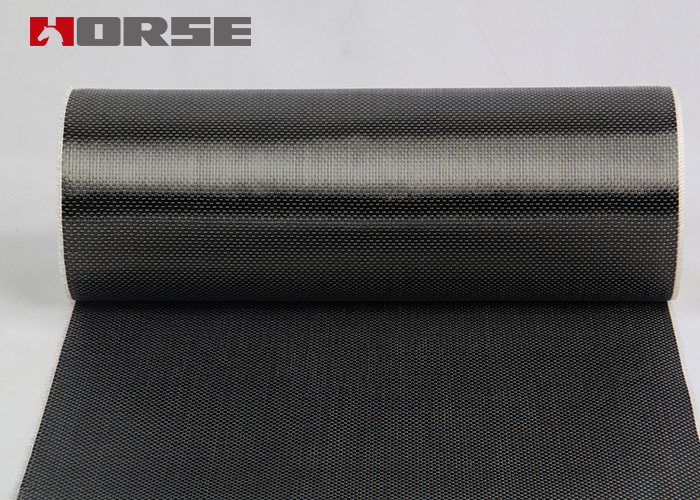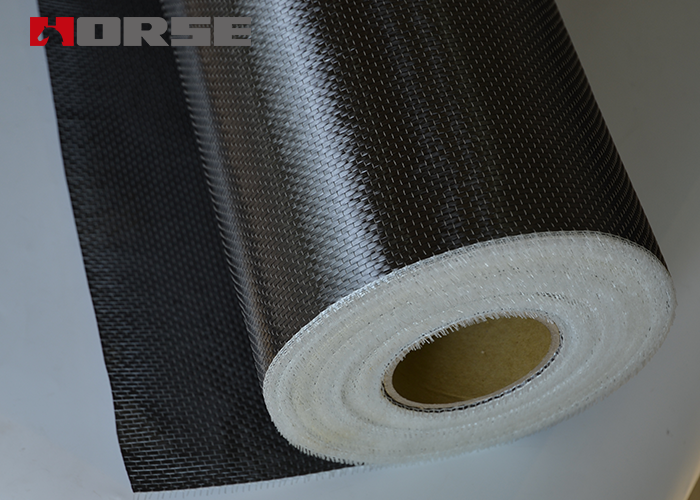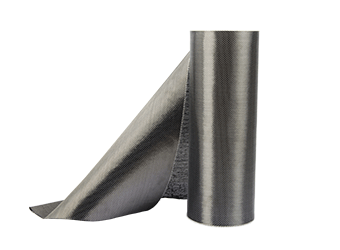Solutions
Horse Construction offers full range of structural strengthening materials with technical supports, documentation supports, products supports, project supports.
What are the Disadvantages of CFRP? Its inapplicability, which is its disadvantage

Carbon fiber materials are known as universal construction materials in structural reinforcement projects. Do they have shortcomings? Although carbon fiber materials have more advantages, they are not perfect, but also have disadvantages.
Advantages of carbon fiber reinforcement
1. The construction of carbon fiber reinforcement is simple, with few steps and short construction period;
2. The carbon fiber material has good stability, a service life of up to 50 years, strong chemical corrosion resistance, and can resist harsh environments. Climate change has almost no impact on the performance;
3. As the carbon fiber material itself is small in weight and its density is one fourth of that of steel, it has no impact on the reinforced object;
4. Improve the service life of buildings and save construction costs;
5. Carbon fiber material is also an environment-friendly material

Let's talk about the disadvantages of carbon fiber reinforcement. It can't be said that this is the disadvantage of carbon fiber. We mainly emphasize its inapplicability, which is its disadvantage.
1. For the case of large shear force
The damage of buildings is sometimes due to the shear force. When the shear force is large, the carbon fiber cloth reinforcement is not applicable. The shear force is perpendicular to the building component, while the tensile force is balanced with the building component. Therefore, two different forces cannot be reinforced with carbon fiber cloth.
2. When the building has been greatly deformed
The floor has been greatly deformed due to excessive load bearing. At this time, you can use carbon fiber cloth to reinforce the floor, which cannot restore the original bearing capacity or maintain the existing shape. The situation will only get worse and the deformation will increase. Therefore, when the building has produced large deformation, other reinforcement methods should be considered, such as increasing the section or direct reinforcement, and planting reinforcement to improve the stiffness.
3. Insufficient rigidity of building components
When the compression resistance of building components is poor, if you paste carbon fiber cloth continuously, it will also lead to the failure of carbon fiber cloth to achieve its due work efficiency. It does not improve the building load itself, and it is also a waste of carbon fiber cloth. If the component itself has been fragmented, and the component itself has been damaged due to the pressure when the tensile strength of the carbon fiber cloth is not reached, the carbon fiber cloth will be pasted in vain.
4. When the ambient temperature of the building is higher than 60 ℃
It is not suitable to use carbon fiber reinforcement. The main problem is not the carbon fiber, but the glue can't bear it.
5. Over pasting, more than 6 layers as required
The adhesiveness of carbon fiber reinforcement is limited. Excessive adhesiveness will lead to insufficient shear stress transfer at the interface, which will make the strength of carbon fiber reinforcement not be fully utilized. When the component has a relatively large load, it is easy to cause the carbon fiber reinforcement to be damaged by adhesiveness.
You can find anything here you are in need of, have a trust trying on these products, you will find the big difference after that.

High strength, unidirectional carbon fiber wrap pre-saturated to form a carbon fiber reinforced polymer (CFRP) wrap used to strengthen structural concrete elements.

High strength, unidirectional carbon fiber fabric pre-saturated to form a carbon fiber reinforced polymer (CFRP) fabric used to strengthen structural concrete elements.

High strength, unidirectional carbon fiber sheet pre-saturated to form a carbon fiber reinforced polymer (CFRP) sheet used to strengthen structural concrete elements.